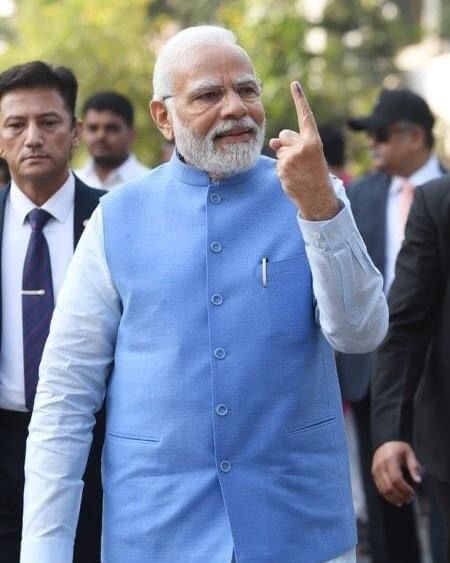After the “initial bumpy ride”, micro, small and medium enterprises (MSMEs), which had faced problems with GST compliance and cash flows, are gradually settling down with the new indirect tax regime, stakeholders say. According to them, procedures of Goods and Services Tax (GST) are getting “easier” and the impact of this tax is now being felt in “formalisation of enterprises, wider tax base and higher tax revenues”. “As to the SMEs, it has been a story of overall benefit — which can be ascribed to the wider availability of input tax credit. As GST procedures are getting easier, there is a surge in the economic demand. It is true that, initially, SMEs faced problems with GST compliance, which is essentially technology-driven, and had to make certain modifications in their systems,” CII Eastern Region’s Chairperson and Founder & Managing Director, Ortel Communications, Jagi Mangat Panda told IANS.
After the “initial bumpy ride”, micro, small and medium enterprises (MSMEs), which had faced problems with GST compliance and cash flows, are gradually settling down with the new indirect tax regime, stakeholders say. According to them, procedures of Goods and Services Tax (GST) are getting “easier” and the impact of this tax is now being felt in “formalisation of enterprises, wider tax base and higher tax revenues”. “As to the SMEs, it has been a story of overall benefit — which can be ascribed to the wider availability of input tax credit. As GST procedures are getting easier, there is a surge in the economic demand. It is true that, initially, SMEs faced problems with GST compliance, which is essentially technology-driven, and had to make certain modifications in their systems,” CII Eastern Region’s Chairperson and Founder & Managing Director, Ortel Communications, Jagi Mangat Panda told IANS.










417.jpeg)
10.jpeg)
40.jpeg)
100.jpeg)
416.jpeg)
5.jpeg)
4.jpeg)
6.jpeg)
5.jpeg)





